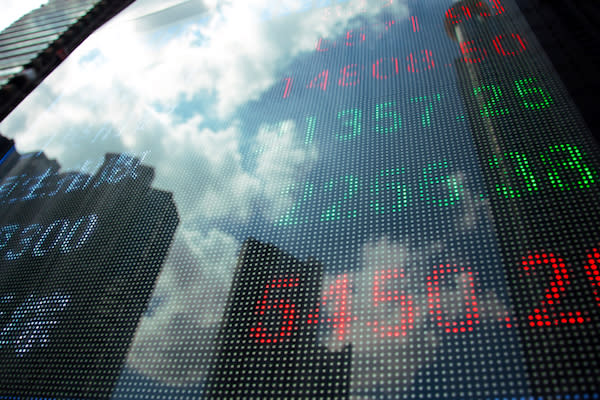3 ways to invest in regional markets from Singapore

Taking advantage of the high economic growth rates in the region is a key goal for many investors to move beyond just investing in Singapore. There are numerous ways for investors to approach this, all with their own pros and cons. We takes a look at three of these ways:
The Direct Approach
For investors in Singapore, one approach to accessing regional markets is direct investment in those markets or in the stock exchange listings in those markets. Cross-border investment is relatively easy and major established stock exchanges exist in most of Singapore’s neighbouring countries, including:
Thailand, Stock Exchange of Thailand (SET)
Malaysia, Bursa Malaysia (MYX)
Indonesia, Indonesia Stock Exchange (IDX)
Philippines, Philippine Stock Exchange (PSE)
Vietnam, Ho Chi Minh City Stock Exchange (HOSE) and Hanoi Stock Exchange (HNX)
Investing directly on regional exchanges has the benefit of being less expensive than investing in these countries through a Singapore-based intermediary. Investing in a Singapore-based management fund that then reinvests in a regional market comes with the cost of having to pay for an additional layer of management fees.
However, direct investment in regional markets does come at the risk presented by varying degrees of financial and regulatory standards. Unless International Financial Reporting Standards (IFRS) are universally adopted in a country, the underlying accounting standards can differ greatly from those in Singapore. This can mean that looking at the same figure (ie revenues) for a Singaporean versus a Vietnamese company can actually not be comparative, as local rules can allow different inclusions in the figure.
Additionally, many of the regional markets around Singapore do not have the same stringent regulatory frameworks in place. This can result in losses for an investor who assumes regulatory standards, for example auditor independence, are universal.
The SGX Approach
As one of the larger stock exchange listings in Asia, the Singapore Exchange (SGX) holds a large number of foreign listings, with companies in other regional markets using the SGX in order to raise capital. With over 200 foreign listings on the SGX, half of which are Chinese, Singapore-based investors can utilise their home exchange to invest in regional markets directly.
A key benefit to this is that a foreign company that wants to list on the SGX has to follow the same financial reporting and regulatory framework as any other Singapore-based company that is listed. This ensures a degree of security for Singapore-based investors in terms of reducing some risks faced when investing directly in other regions’ financial markets.
The drawback of this approach to investing in regional markets is the nature of the companies that will choose to list on the SGX. Most of these companies will already be large and relatively mature, which means that they will not generate the significant year-over-year growth seen in many smaller ‘growth phase’ companies. While they may generate better returns than a comparable company in Singapore, due to a generally faster growing underlying economy, the significant growth targeted by investing in regional markets likely won’t be obtained.
The Fund Approach
Another approach to accessing regional markets is through using investment funds that focus on investments in those markets. There are funds that not only focus on specific regional markets, for example an Indonesian focus, but also on specific industries that span regional markets, for example healthcare. With this approach, a Singapore-based investor can invest with a locally based fund manager who uses his or her expertise to evaluate the investment prospects of specific regional markets.
A key benefit of this is that an informed investment manager can mitigate some of the risks associated with investing directly in regional markets. Specifically, the manager should have good understanding of the financial and regulatory frameworks that exist in the relevant markets. A bit of research with a fund manager is always recommended, however, to ensure this is the case as essentially that is what the manager is being paid to provide.
The fundamental downside to investing with any fund manager is that the manager comes at a price. Any fund manager requires a fee, which is typically based on either the size of your overall investment or the returns that the manager generates. These fees can quickly eat away at the overall returns of an investment portfolio, so it’s important to have a clear understanding of not only the fees the fund charges but also how those fees stack up against competing funds.
(By Jeffrey Glen)
Related Articles
- ARE SINGAPORE BLUE CHIPS A GOOD INVESTMENT?
- Now might be a good time to consider investing in a few Singapore stocks
- Japanese Real Estate in the Eyes of a Singapore Resident

 Yahoo Finance
Yahoo Finance 
